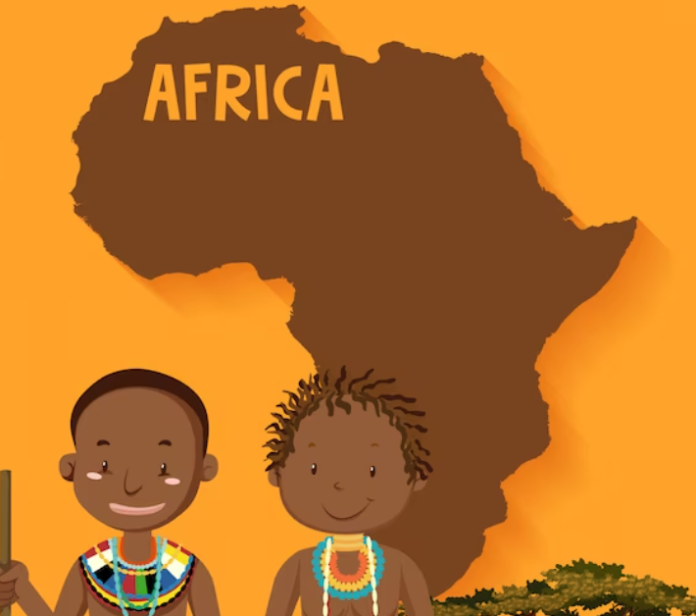The year 1960 was a victorious year for the sub-Saharan African countries. Seventeen African nations gained independence in 1960. Fourteen of the countries were under the French colonies, and British colonists ruled three countries
Research by study.com shows the sequential record of how each African country got independence from the European and British colonists. The countries are Cameroon, Togo, Madagascar, and the Democratic Republic of the Congo. Also, there is Somalia, Benin, Niger, Burkina Faso, Ivory Coast, Chad, the Central African Republic, the Republic of the Congo, Gabon, Senegal, Mali, Nigeria, and Mauritania.
As of August 1960, nine of the former French colonies attained independence. Benin, Niger, Burkina Faso, Ivory Coast, Chad, Central Africa Republic, the Republic of the Congo, Gabon, and Senegal.
On the other hand, the three non-French countries gained independence the same year. The Democratic Republic of the Congo gained Independence from Belgium. Nigeria gained independence from the United Kingdom and Somalia from the British, Italian Somaliland Union, and an independent territory known as Dervish State.
Here are the 17 African countries that gained independence in 1960
CAMEROON

Known for its diverse landscape and native style of music, especially Makossa, the country emerged independent on January 1, 1960. Cameroon’s independence was tooth and nail as a former German colony between France and the United Kingdom. But by the resilience of their armed movement. A year later, an announcement from the United Nations ended the French rulership. And French Cameroon declared independence. The southern part of the country under the British colony later merged with the North. Ahmadou Ahidjo was the country’s first president on May 5, 1960.
TOGO

The Republic of Togo gained independence on April 27, 1960. Following the World War I, Togo was formerly under the French and British colonies. A part of the country which the French gave has a status called “associated territory” in the French union.
The country became a sovereign republic by a referendum in 1956. In February 1958, a legislative movement through the nationalist movement paved the way to independence. Its first elected president, Sylvanus Olympio, was later assassinated in the January 1963 coup d’état.
MADAGASCAR
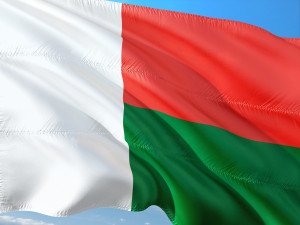
Within the French community in 1958, the democratic republic of Madagascar was declared an autonomous state. As of 1946, it was French overseas territory. On June 26, 1960, the country got its independence.
President Philibert Tsiranana successfully convinced General de Gaulle to grant Madagascar absolute sovereignty. Hence, he became the first president of the Republic of Madagascar.
DEMOCRATIC REPUBLIC OF CONGO
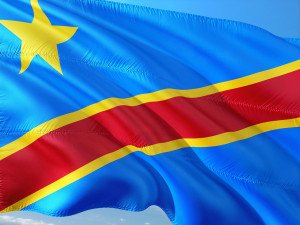
Congo got its Independence in June 1960. In January 1959, a riot broke out in Kinshasa in what was known as Belgian Congo under the leadership of Patrice Lumumba. After which, Belgian authorities requested the main Congolese leaders to go to Brussels and withdraw from the country—the fear of independence war similar to that of Algeria at that time.
Belgian Congo later became the Democratic Republic of Congo after the rule of Mobutu Sese Seko.
SOMALIA

The country gained independence on July 1, 1960. Somalia merged on the day it became independent with the former British protectorate of Somaliland to form the Somali Republic. A few days earlier, Somaliland had gained its complete autonomy. The aim was to improve the “Greater Somalia” of the pre-colonial era, including Kenya, Ethiopia, and Djibouti, a French colony at the time.
Popularly known as Aden Adde, Aden Abdulle Osman Daar, a Somali politician, served as the first president of the Somali Republic.
BENIN

On August 1, 1960, the Benin Republic got its independence. On September 28, 1958. a referendum proposing a plan for a French-African Community gave way for independence. After which, power was passed to President Hubert Maga. The country is known for its intense political history since independence.
NIGER

The country of Niger gained its independence on August 3, 1960. In 1958 a refereedum swore Hamana Diori to power. The country announced its republic on December 18, 1958, and independence on August 3, 1960. The country’s first president, Hamani, was kicked out by a coup d’état in 1974.
BURKINA FASO

Burkina Faso attained independence on August 5, 1960. Being a French protectorate, its Republic was proclaimed on December 11, 1958, but still part of the French community before gaining independence. The country’s name, “Burkina Faso”, came under the presidency of Thomas Sankara, who would later be killed in 1987.
IVORY COAST
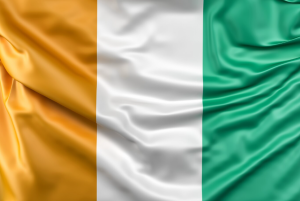
Ivory Coast gained its independence on August 7, 1960. However, the referendum was issued in 1958, making Ivory Coast an autonomous republic. Despite proclaiming Independence in June of 1960, the country maintained close ties between Abidjan and Paris. Ivory Coast is one of the most prosperous West African nations.
CHAD

Chad gained Independence two years after becoming a republic on August 11, 1960.
François Tombalbaye, the then prime minister, became the first president of a country that quickly faded into civil war between religious groups (Christian-majority South and Muslim North).
CENTRAL AFRICAN REPUBLIC

Under French control, the Central African Republic gained independence on August 13, 1960. After the proclamation of independence, David Dacko, a cousin of national hero Barthélémy Boganda, became the head of the country. Boganda presided over French Equatorial Africa for two years, working for the emancipation of Africans. He died on March 29, 1959, in an airplane crash.
THE REPUBLIC OF THE CONGO
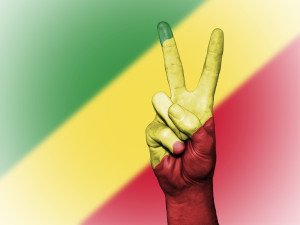
Congo attained independence on August 15, 1960. Before then, 90% of the Congolese people voted in a 1958 referendum to join the French Community, making the Republic of Congo a sovereign country.
Ninety-nine per cent of the Congolese people voted to join the French Community in a 1958 referendum, making the country an autonomous republic. A year later, a crisis broke out in Brazzaville, leading to French military intervention. Fulbert Youlou became the first president in 1963.
GABON
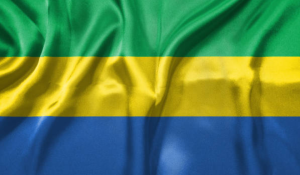
In 1910, Gabon became one of the four territories of French Equatorial Africa. On July 15 1960, France supported Gabon in attaining full independence. Gabon became an independent nation on August 17 1960.
Although after several criticisms for being anti-dependent, prime Minister Léon M’Ba, after his resignation, confirmed that he would have preferred Gabon to be a French colony. But he later gave up when General de Gaulle denied support.

Senegal experienced two independence: on April 4, 1960, from France as part of the Mali Federation and finally became independent on August 20, 1960. The Mali Federal merged the French colony of Senegal and the French Sudan in 1959.
Léopold Sédar Senghor became Senegal’s first president in September 1960. He was a poet and philosopher who composed the Senegalese national anthem titled “Pincez tous vos koras, frappez les balafons”.
MALI

The Mali Federation gained independence from France on June 20, 1960.
In August 1960, Senegal withdrew from the federation. This allowed the Sudanese Republic to become the independent Republic of Mali on September 22, 1960, the official date for the country’s independence day.
After the withdrawal of Senegal from the federation in August 1960, Modibo Keïta became the president. However, the former Sudanese Republic became the Republic of Mali.
NIGERIA

Nigeria, popularly known as the ‘Giant of Africa’, gained independence on October 1, 1960. At the time, the country had a population of 34 million spread across three regions (Northern, Western and Eastern). Under the Constitution, each of the regions had the autonomy of self-government.
Herbert Macaulay formed the National Council of Nigeria and the Cameroons (NCNC) in 1944, which Nnamdi Azikiwe later headed after Herbert Macaulay’s death in 1946. Nnamdi Azikiwe’s NCNC formed a coalition with Prime Minister Tafawa Balewa’s NPC after neither party won a majority in the 1959 elections.
Balewa continued to serve as the prime minister, a position he had held since 1957. At the same time, Azikiwe filled the ceremonial position of president of the Senate.
Nigeria became a republic on October 1, 1963. Even though the prime minister Tafawa Balewa was still more powerful, Nnamdi Azikiwe became president of the country.
Immediately after Nigeria declared independence on October 1, the country faced political instability because the former British colony was confronted with its religious and ethnic divisions.
MAURITANIA

Despite the opposition of the Arab League and Morocco, Mauritania gained independence on November 28, 1960.
Mauritania established a presidential regime with Prime Minister Ould Daddah becoming president in 1964. He remained in power until 1978.
A wrap
A few days back (October 1), Nigeria celebrated 63 years of independence. A day that marks Nigeria’s proclamation of independence from the British Empire. These 17 African countries attained independence in 1960. Every year, but on different dates, marks the beginning of sovereignty for each country. Which country do you represent? Comment on your country’s flag.

